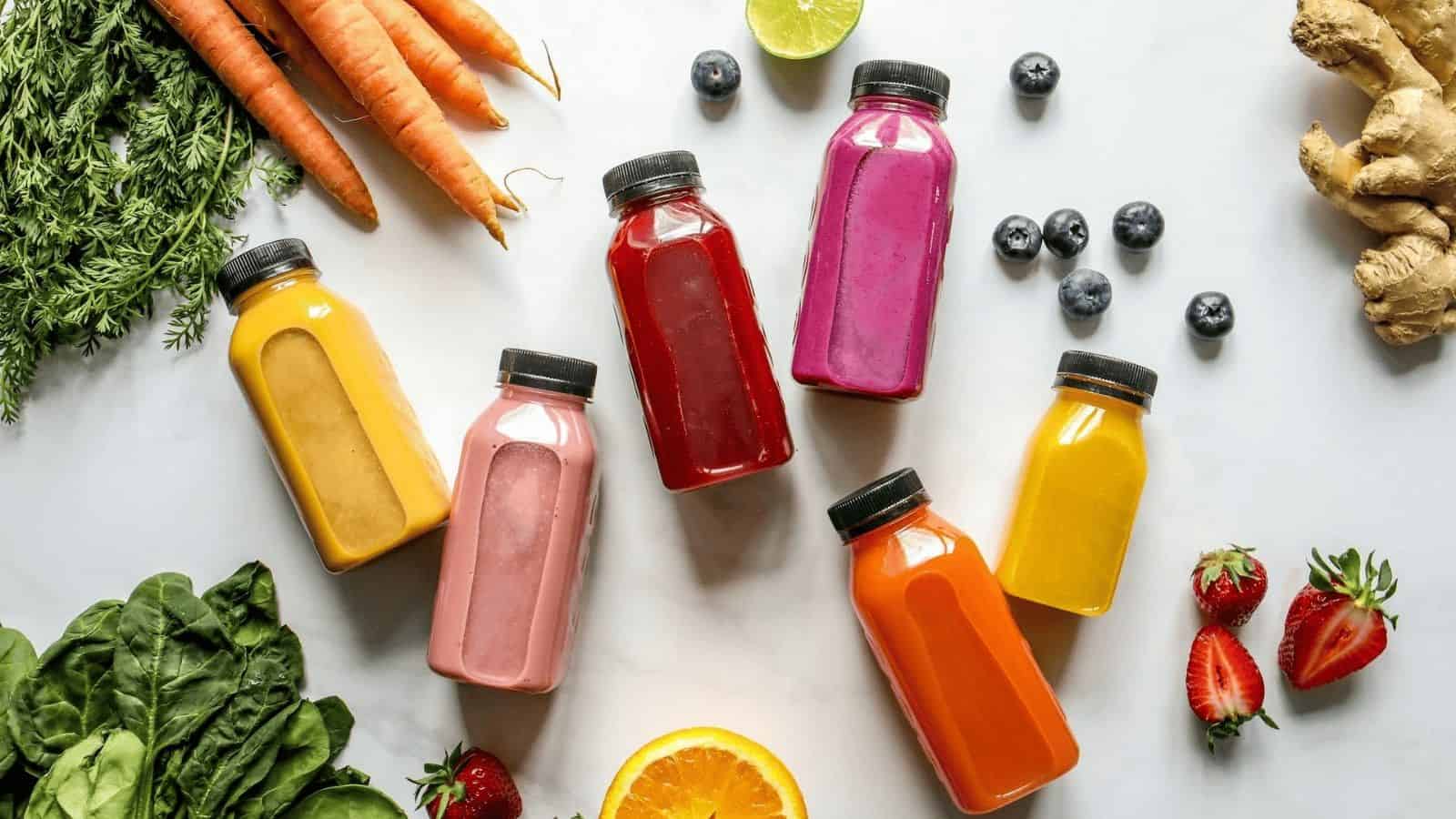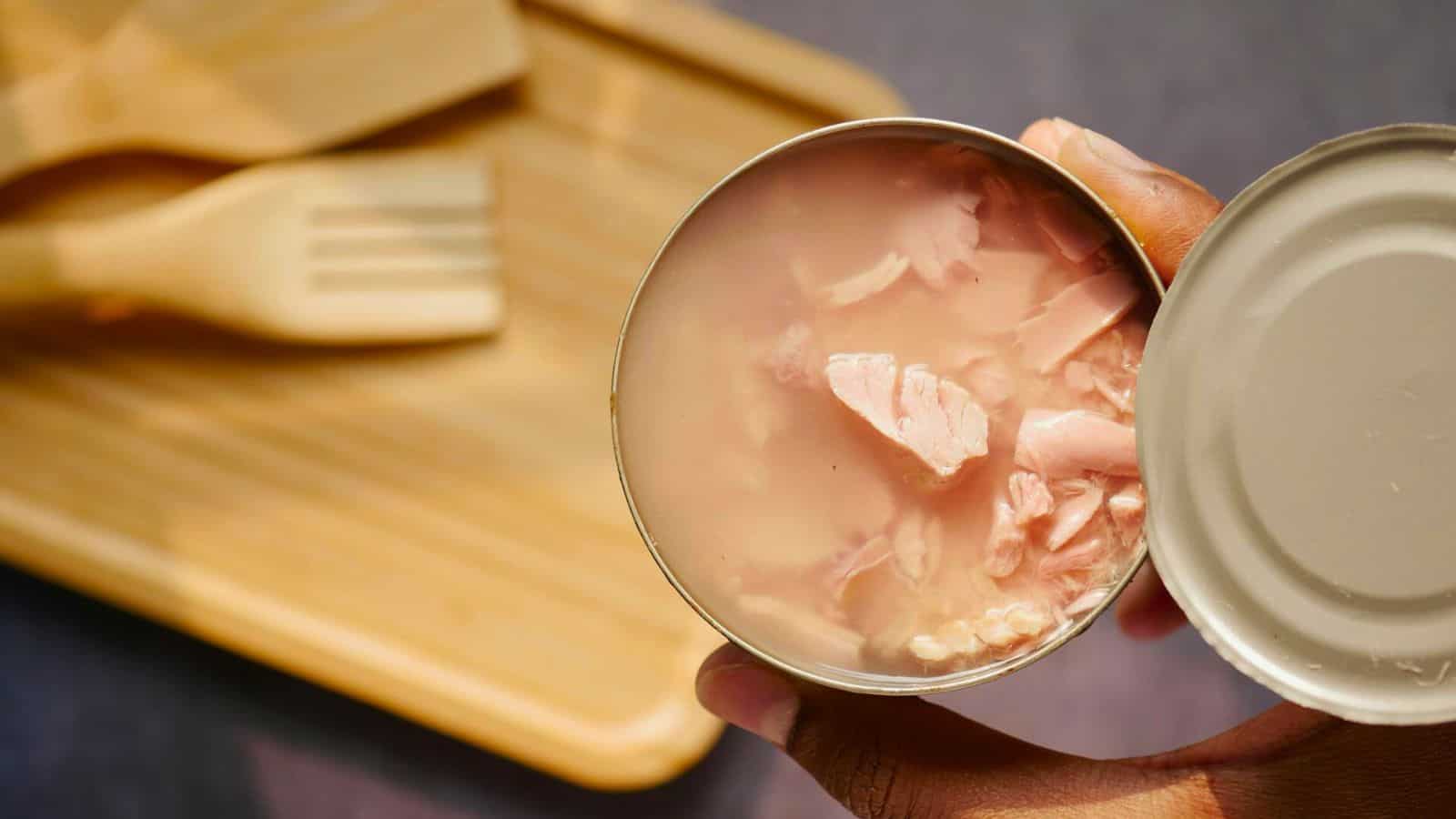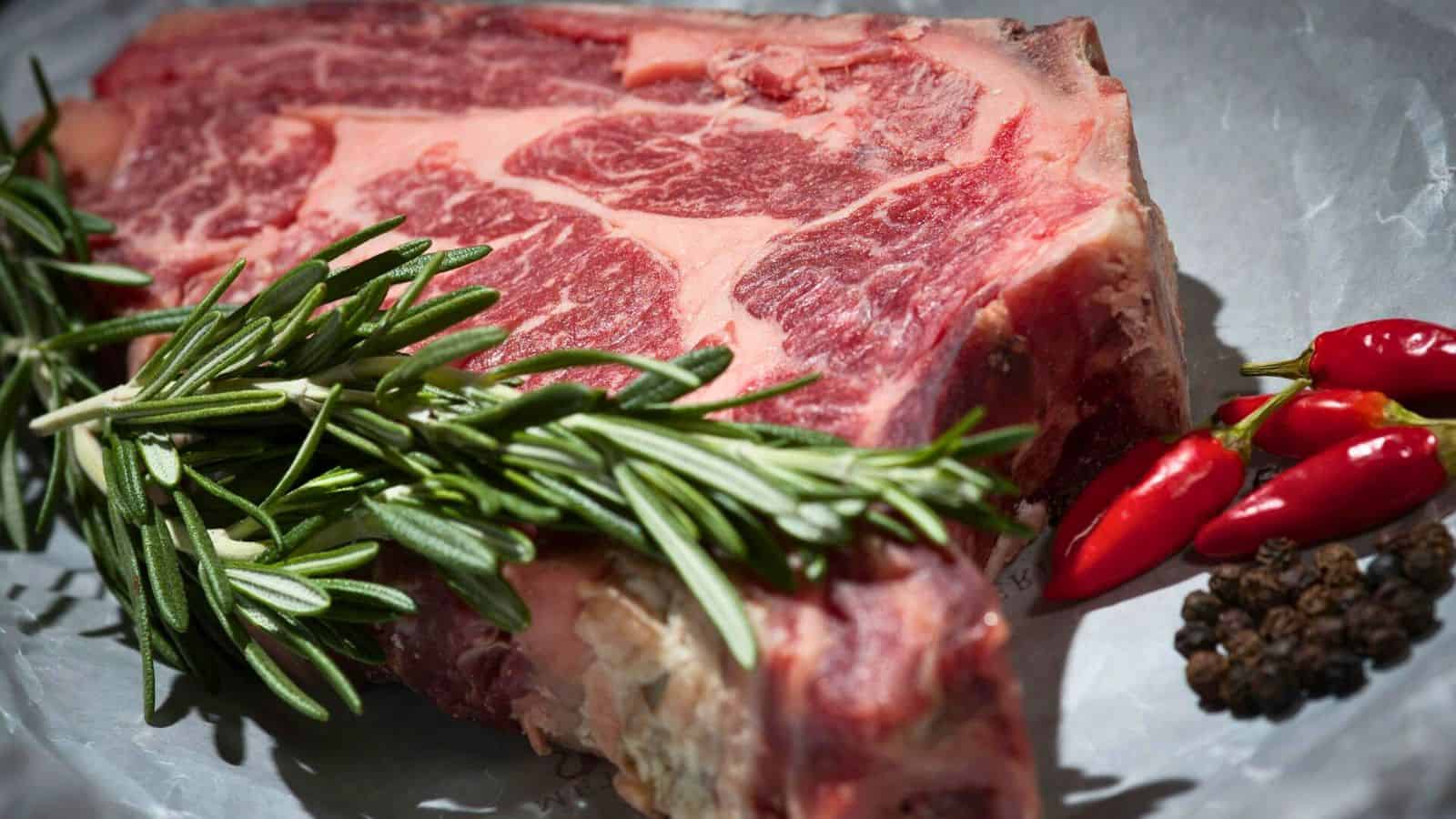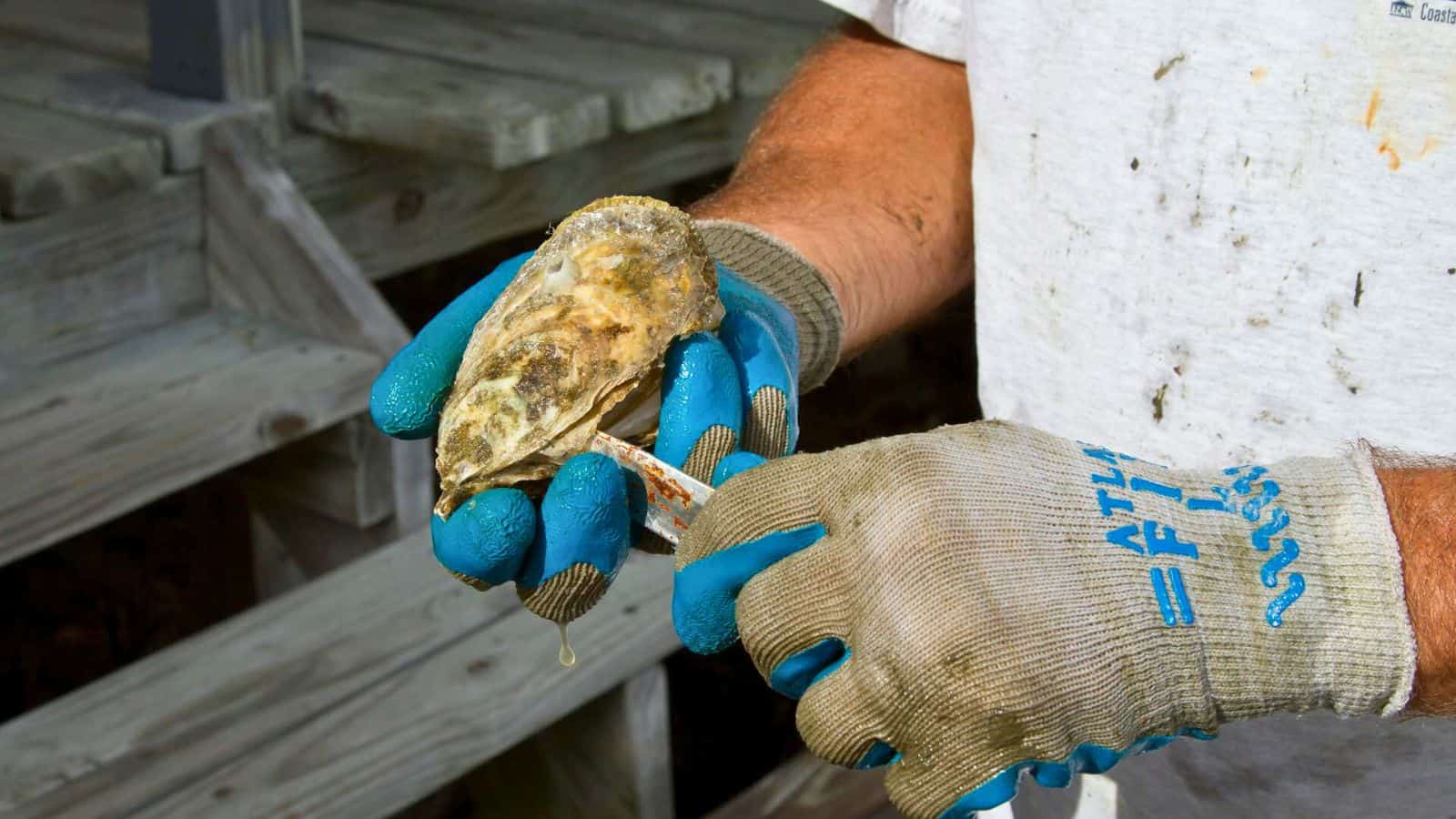Food is one of life’s greatest pleasures, but not all foods are as safe as they might seem. While we often trust what's on our plates, these 13 unsafe foods can hide serious health risks. It's easy to overlook these dangers when you're busy savoring the flavors, but being aware of potential pitfalls is key to staying healthy.
When you think about the food you eat, safety probably isn't the first thing that comes to mind. We trust our favorite restaurants, grocery stores, and even our kitchens to keep us safe. Yet, some foods can harbor bacteria, parasites, and other hazards that can cause illness. It's great to enjoy your meals, but it's even better to do so without worrying about what's lurking unseen.
Knowing what to avoid can help you make better choices for yourself and your family. It’s not just about avoiding a bad meal – it’s about avoiding those hidden dangers that can have lasting effects. So, let's discuss some ommon foods that aren't as safe as you might think, and learn how to keep your dining experiences both fun and safe.

Raw Flour

Raw flour is a surprising source of foodborne illnesses. Many people assume that because it’s dry and powdery, it doesn’t harbor harmful bacteria. However, raw flour can be contaminated with pathogens like E. coli and Salmonella, which can cause severe gastrointestinal issues. These bacteria can survive in flour because it is not subjected to the high temperatures that kill pathogens during milling. Consuming raw dough or batter, often done during baking, poses significant health risks. It's crucial to cook flour-based products thoroughly to eliminate any potential hazards. Despite its harmless appearance, raw flour can lead to serious illness if consumed without proper cooking.
Charred Meats

Charred meats, while flavorful, can pose significant health risks. Cooking meat at high temperatures, particularly over an open flame or grill, can lead to the formation of harmful chemicals known as heterocyclic amines (HCAs) and polycyclic aromatic hydrocarbons (PAHs). These substances have been linked to an increased risk of cancer. The blackened, crispy parts of grilled meats are particularly high in these compounds. Additionally, the smoke from the grill can also deposit PAHs onto the meat. To minimize these risks, it's recommended to use lower cooking temperatures, marinate meats before grilling, and avoid direct exposure to open flames as much as possible.
Fruit Juices (Unpasteurized)

Unpasteurized fruit juices might seem like a healthy option, but they can harbor dangerous pathogens. Unlike pasteurized juices, which are heated to kill harmful bacteria, unpasteurized versions can contain E. coli, Salmonella, and Listeria. These bacteria can cause serious foodborne illnesses, particularly in young children, the elderly, pregnant women, and those with weakened immune systems. The fresh and raw appeal of unpasteurized juices does not outweigh the potential health risks. It's crucial to guarantee that the juices you consume have been properly treated to eliminate these dangerous pathogens and reduce the risk of foodborne illness.
Canned Foods

Canned foods are a staple in many households due to their convenience and long shelf life, but they come with their own set of health concerns. One of the most significant risks is botulism, a rare but serious illness caused by toxins produced by Clostridium botulinum bacteria. This can occur if the canning process is not done correctly, allowing bacteria to grow in low-oxygen environments. Additionally, some canned foods contain high levels of sodium and preservatives, which can contribute to health issues like high blood pressure and heart disease if consumed frequently. It's important to check cans for any signs of damage, such as dents, bulges, or leaks, as these can indicate contamination.
Raw Eggs

Raw eggs are commonly used in various recipes, from salad dressings to desserts, but they can be a source of harmful bacteria like Salmonella. Consuming raw or undercooked eggs can lead to severe gastrointestinal infections, especially in vulnerable populations such as young children, the elderly, pregnant women, and those with weakened immune systems. The risk of contamination makes it essential to handle raw eggs carefully. Make sure they are stored properly, avoid cross-contamination in the kitchen, and cook eggs thoroughly. For recipes requiring raw eggs, consider using pasteurized eggs, which have been heat-treated to kill harmful bacteria while maintaining their liquid form.
Unpasteurized Milk

Unpasteurized milk, also known as raw milk, is milk that has not undergone the pasteurization process to kill harmful bacteria. While some claim that raw milk is more nutritious, it poses significant health risks. Raw milk can harbor dangerous pathogens like Salmonella, E. coli, and Listeria, which can lead to severe illness, especially in children, pregnant women, the elderly, and individuals with weakened immune systems. The bacteria in raw milk can cause symptoms ranging from gastrointestinal discomfort to life-threatening conditions. Consuming pasteurized milk is a safer choice, as the pasteurization process effectively eliminates these harmful microorganisms without compromising the nutritional value of the milk.
Raw Sprouts

Raw sprouts, including alfalfa, bean, and radish sprouts, are often considered a healthy addition to salads and sandwiches. However, they can pose a significant health risk due to their potential contamination with bacteria such as Salmonella and E. coli. The warm, moist conditions required to grow sprouts are also ideal for bacterial growth. Consuming contaminated sprouts can lead to foodborne illness, presenting symptoms like diarrhea, abdominal cramps, and fever. Vulnerable groups, including young children, the elderly, pregnant women, and those with weakened immune systems, are particularly at risk. Cooking sprouts thoroughly can help mitigate these risks, but opting for other crunchy vegetable alternatives can be a safer option.
Processed Meats

Processed meats like sausages, hot dogs, and deli meats are convenient and popular, but they come with health concerns that extend beyond high sodium and fat content. These meats are often preserved using nitrates and nitrites, which can form harmful compounds called nitrosamines when cooked at high temperatures. Nitrosamines have been linked to an increased risk of cancer. Additionally, processed meats can be contaminated with Listeria monocytogenes, a bacterium that can cause severe infections, particularly in pregnant women, newborns, the elderly, and individuals with weakened immune systems. Opting for fresh, unprocessed meats and incorporating more plant-based protein sources can be healthier alternatives.
Raw Oysters

Raw oysters are a delicacy enjoyed by many, but they carry significant risks due to potential contamination with harmful bacteria and viruses. Vibrio vulnificus and norovirus are two common pathogens found in raw oysters. Consuming contaminated oysters can result in severe illness, including symptoms like vomiting, diarrhea, and abdominal pain. In some cases, infections from Vibrio vulnificus can lead to bloodstream infections, which can be fatal. People with liver disease, diabetes, or weakened immune systems are at higher risk of severe illness from raw oysters. To minimize these risks, consider enjoying cooked oysters, which eliminate harmful pathogens while still delivering the flavors of the sea.
Raw Fish

Raw fish, such as sushi or sashimi, can be a risky choice due to potential parasites and bacteria. Consuming it without proper handling and preparation may lead to foodborne illnesses. Anisakis, a parasite found in many marine fish, can cause severe gastrointestinal issues if ingested. Additionally, bacteria like Salmonella and Listeria can thrive in raw fish, posing health hazards. Freezing fish properly can reduce the risk, but it's crucial to source it from reputable suppliers who follow stringent safety protocols. Making sure raw fish is fresh and properly stored is vital to minimize potential health risks.
Undercooked Poultry

Undercooked poultry is a significant health risk due to harmful bacteria like Salmonella and Campylobacter. These pathogens can cause serious foodborne illnesses with symptoms like diarrhea, fever, and abdominal cramps. Proper cooking is essential to kill these bacteria. Poultry must be cooked to an internal temperature of at least 165°F (74°C) to guarantee it's safe to eat. Pink or red juices and undercooked meat near the bone indicate that the poultry needs more cooking time. Always use a food thermometer to check doneness and avoid cross-contamination by thoroughly cleaning utensils and surfaces that come into contact with raw poultry.
Imported Produce

Imported produce can carry risks due to different agricultural and hygiene standards in various countries. Fruits and vegetables may be exposed to harmful pesticides, bacteria, and viruses during growth, harvest, and transportation. Pathogens like E. coli and Salmonella can contaminate produce through soil, water, or improper handling. Washing produce thoroughly under running water can help reduce some risks, but it doesn't eliminate all contaminants. Peeling or cooking fruits and vegetables can give additional safety. Choosing local produce when possible can reduce these risks and support local agriculture.
Packaged Salads

Packaged salads, though convenient, can be breeding grounds for bacteria such as E. coli, Salmonella, and Listeria. Pre-washed and ready-to-eat greens can become contaminated during processing, packaging, and transport. Despite washing, harmful bacteria can still linger on the leaves. Consuming contaminated salads can lead to severe foodborne illnesses. To minimize risks, it's crucial to check the expiration dates, inspect the packaging for damage, and wash the greens thoroughly, even if labeled pre-washed. Opting for fresh, whole vegetables that you wash and prepare yourself can be a safer alternative.
Say No to Sneaky Foods

Being mindful of what we eat goes beyond just picking out our favorite dishes. It’s about making sure our meals are not only great in taste but safe for our health. By staying informed about the hidden risks in some common foods, we can make better choices that protect our well-being without sacrificing enjoyment.
With a little extra attention to how food is prepared and sourced, you can enjoy your meals with greater peace of mind. Cooking thoroughly, buying from trusted sources, and staying vigilant about food safety can make a big difference.
So, as you plan your next meal, keep these foods in mind. Being cautious doesn’t mean you have to miss out on great flavors. It means you’re taking steps to enjoy your food with confidence, knowing you’re making smart choices for yourself and your loved ones. Here's to enjoying meals that are both delicious and safe!






Tell Me What You Think!